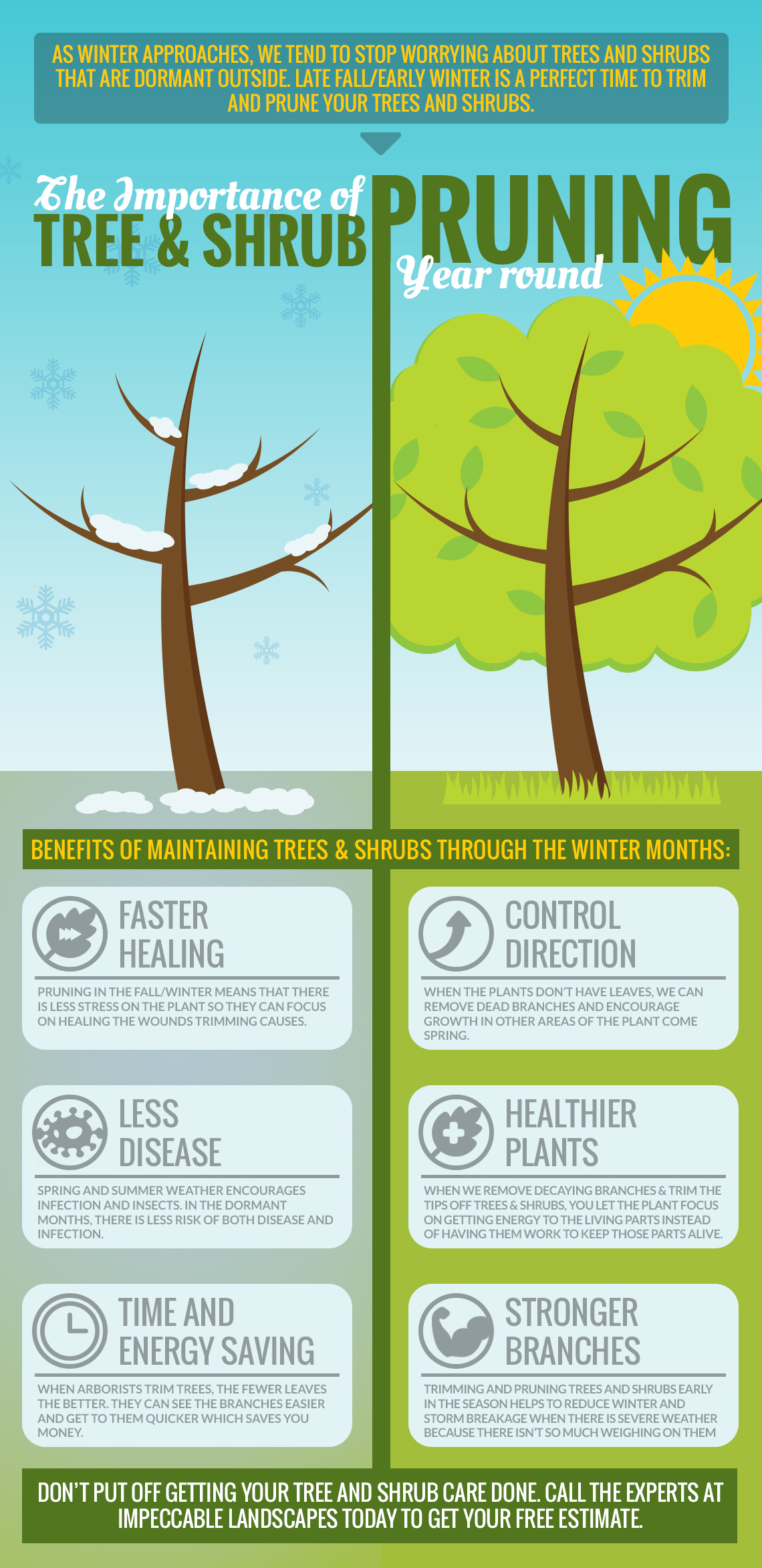Tree Removal Aftercare: Best Practices For Landscape Healing
Tree Removal Aftercare: Best Practices For Landscape Healing
Blog Article
Content Produce By-Langley Chambers
After a tree's removal, your landscape might look fairly various, and it's vital to assess the consequences meticulously. You'll wish to examine the soil disruption and examine bordering plants for any type of indications of tension. Overlooking these aspects can result in larger troubles down the line. So, what should you do with those stumps and roots? And just how do you pick the best plants for your rejuvenated area? Let's discover these important actions.
Assessing the After-effects: Evaluating Your Landscape
After a tree elimination, it's essential to assess your landscape to recognize the influence it carries your lawn.
Begin by analyzing the location where the tree stood. Try to find indications of soil disruption, and check the bordering plants for any anxiety or damages.
You ought to also keep in mind of just how the elimination has changed sunshine exposure and airflow in your garden. This change can affect the growth of close-by plants, so it's vital to examine their health and wellness.
Think about the aesthetic aspects too; the removal could produce an open space that you can upgrade.
Ultimately, think about any potential erosion issues that could occur from the tree's absence. Addressing these aspects early will assist recover equilibrium to your landscape.
Taking care of Stumps and Roots: Choices for Removal
Once you have actually assessed the aftermath of the tree elimination, you'll likely need to tackle the stump and origins left.
You have a couple of alternatives for elimination. click this link now is stump grinding, where a specialist makes use of a maker to grind the stump down to below ground level. This approach leaves very little interruption to your landscape.
If you favor a do it yourself technique, you can use a combination of excavating and chemical stump removers. Simply remember, this procedure can require time and initiative.
Additionally, consider leaving the stump as an all-natural function, which can serve as an unique garden aspect or environment for wildlife.
Whatever you pick, addressing the stump and roots is vital for recovering your landscape.
Choosing the Right Plant Kingdoms for Your New Space
As you analyze your recently cleared area, choosing the right plants can substantially enhance your landscape's charm and capability.
Begin by considering the sunshine and soil problems. For warm areas, go with drought-resistant plants like lavender or succulents. In shaded areas, brushes and hostas thrive well.
Consider the dimension and development practices of your plants; mix perennials and annuals for seasonal variety. Don't fail to remember to include native species; they call for less maintenance and assistance local wildlife.
Group plants in weird numbers for a more natural look and create layers for visual depth.
Lastly, ensure you have a mix of shades and structures to maintain your landscape dynamic throughout the seasons.
Delighted growing!
Final thought
To conclude, restoring your landscape after tree elimination is a rewarding procedure. By assessing the after-effects, attending to stumps and roots, and choosing the right plants, you'll produce a flourishing setting. Do not forget to integrate erosion control procedures to safeguard your dirt. With a little initiative and treatment, you can transform your room right into a dynamic yard that boosts your building. Accept Tree Trimming Rope to revitalize your landscape and enjoy the appeal of nature right in your backyard!
